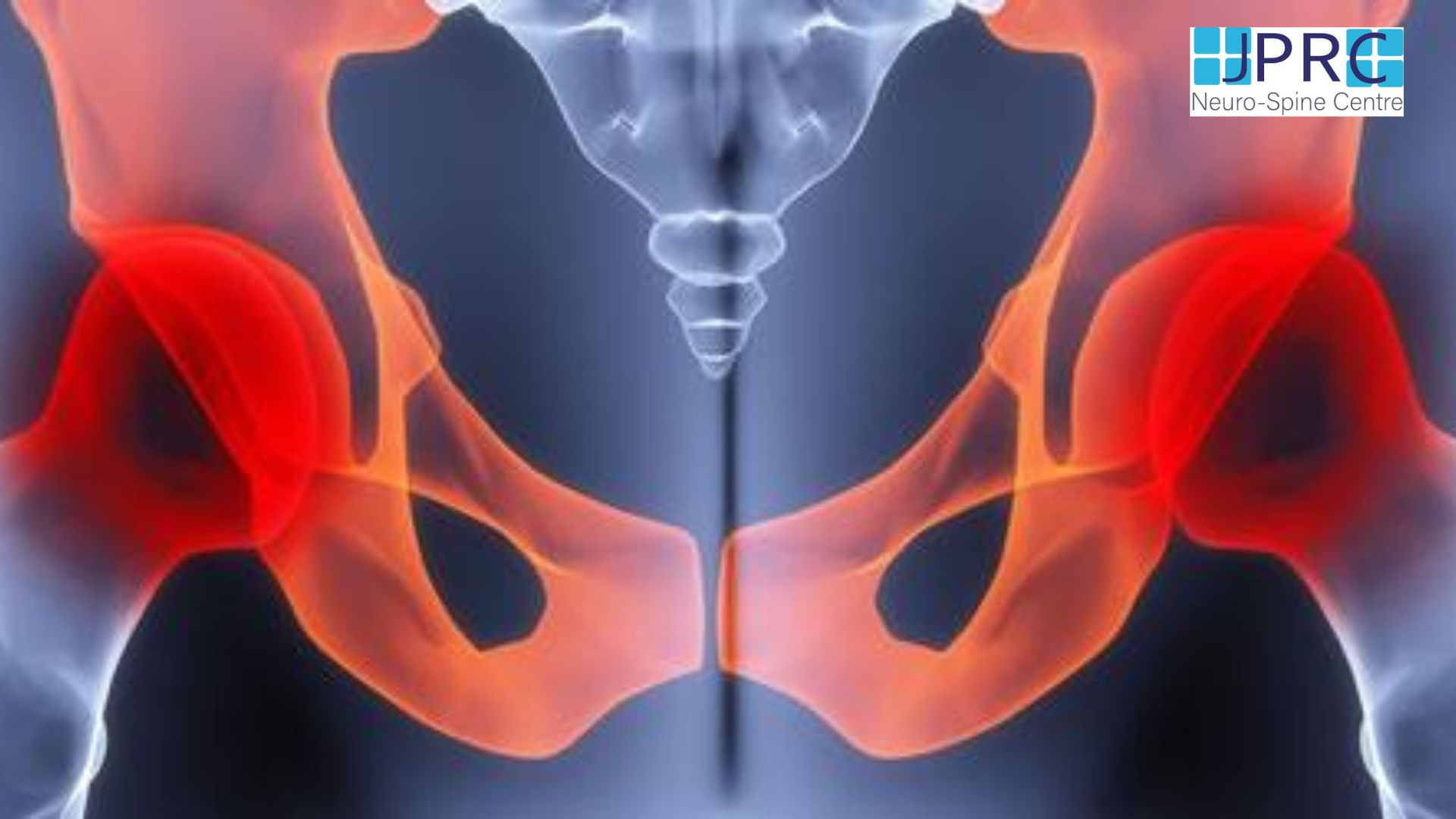Seeking Relief: Understanding SI Joint Pain and Diagnosis
The Sacroiliac (SI) joint connects your sacrum to your hip bones in your pelvis. It was vital for transferring forces between your upper body and legs. SI joint pain usually causes deep, painful lower back, buttocks, or hip pain. Sharp, stabbing, or dull pain may radiate down the leg.
How might improper exercises cause SI joint pain? Stress and inappropriate movement can irritate or inflame the SI joint, which is sensitive to movement. Poor form during lower back, pelvic, or hip activities might worsen SI joint difficulties. Heavy lifting, poor squatting, and severe yoga postures that overstretch the joint are common causes.
Consulting a doctor is the first step in treating SI joint pain. Your primary care physician or specialist can assess your symptoms, medical history, and physical exam to determine if SI joint dysfunction is the cause of your pain. They may also recommend X-rays or MRIs to better view the joint.
Interventional pain physicians diagnose and treat numerous types of pain, including SI joint discomfort. These experts accurately identify and treat SI joint problems using minimally invasive methods.
After diagnosing your interventional pain physician, you can customize a treatment strategy. Physical therapy to strengthen surrounding muscles, drugs to relieve pain and inflammation, and minimally invasive procedures like SI joint injections or radiofrequency ablation with longer-term pain relief may be used.
Inappropriate activities can cause SI joint discomfort, but it's important to detect the symptoms. Consult an interventional pain physician for a proper diagnosis and treatment. If you have SI joint pain, seek expert help—your health and well-being are important.
Please like, share, and subscribe for more information on pain management and general health if you found the information helpful. Stay tuned for the next video!

13.jpg)
































































.jpg)











_Injection_Description_in_Hindi.jpg)



















.jpg)










.jpg)




.jpg)
.jpg)
.jpg)







.jpg)
.jpg)
.jpg)
.jpg)
.jpg)
.jpg)
.jpg)
.jpg)
.jpg)
.jpg)
.jpg)
.jpg)
.jpg)
.jpg)
.jpg)
.jpg)
.jpg)
.jpg)
.jpg)
.jpg)
.jpg)
.jpg)








1.jpg)
1.jpg)

1.jpg)
1.jpg)
1.jpg)
1.jpg)
1.jpg)










2.jpg)
3.jpg)



4.jpg)
1.jpg)
2.jpg)

5.jpg)

6.jpg)




7.jpg)
2.jpg)

8.jpg)

9.jpg)
3.jpg)

10.jpg)

11.jpg)


12.jpg)
4.jpg)






























